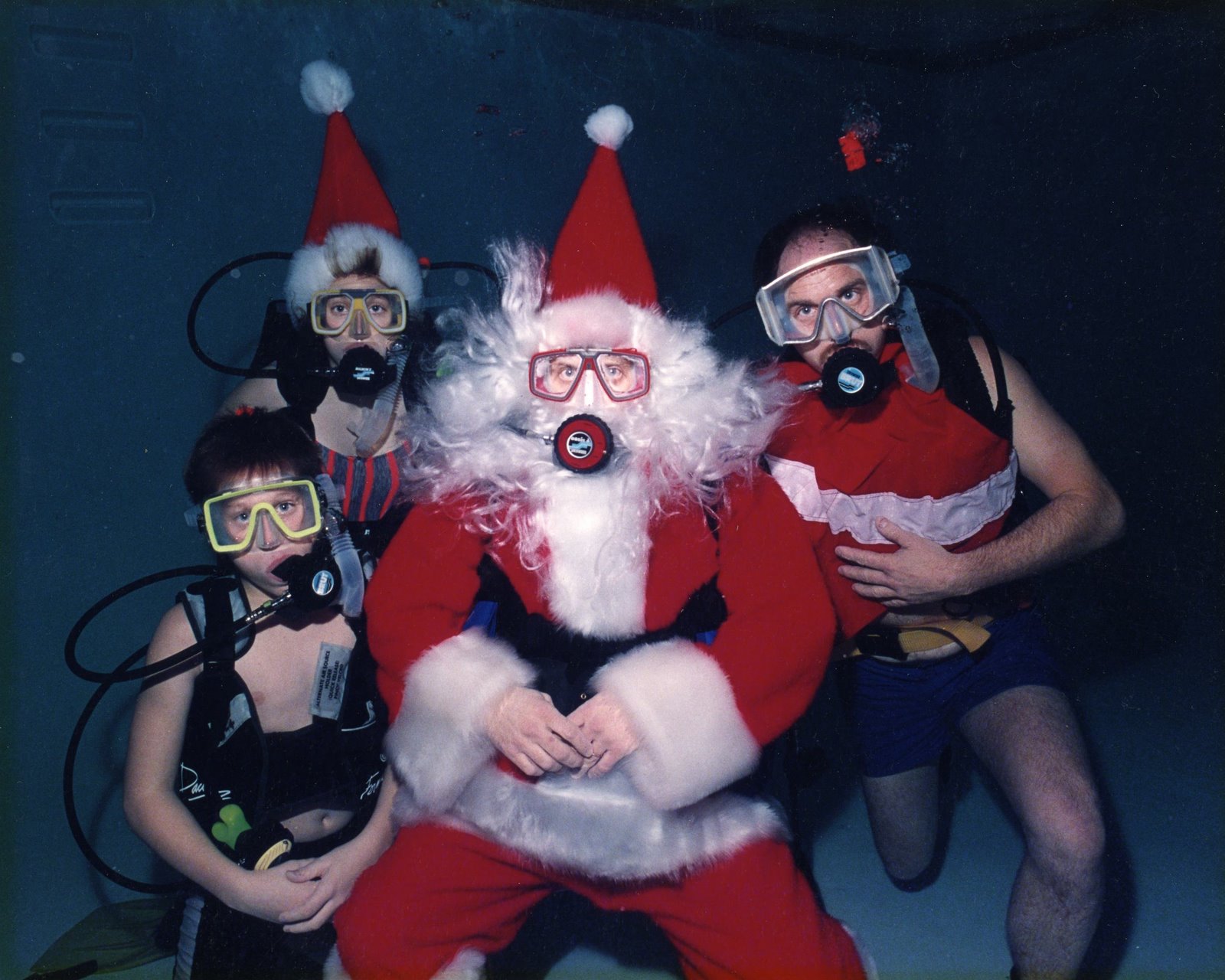
Santa is sinking. On current predictions his house at the North Pole will come to rest on the sea floor sometime in 2050. I’m 38, so I’ll most likely be around.
Santa flotsam and jetsam will be washing up at the foot of the Dandenongs. All the carefully wrapped iPads will have short circuited. Reindeer will arrive gasping after the swim of their lives. Led courageously by Rudolf.
I’ll be sure to check in to a retirement home on high ground well in advance.
With no north pole there’s no Santa, no pressies, no happy little kiddies. Gone will be Superman’s Fortress of Solitude. The polar bear will follow the Tasmanian Tiger, a feature in high school history and biology books. And the northern ice caps will no longer be a stage for epic adventurers like Frederick A. Cook and Robert E. Peary (or not?)
It’s amazing how we can romanticize natural wonders, create stories shared by millions of people right around the globe, turn those stories into mad consumerist pursuits (the Christmas Sale), but turn a blind eye as the place upon which it is all founded, melts away.
I am often struck by the irony of how my children’s books are full of animals, roaming happily and free, that now can only be seen in a concrete cage at the Zoo.
On one hand we revere their beauty and wonder at their evolution; on the other we drive them from the land and imprison them.
I am no bleeding heart. But I am confounded by human nature.
Here’s how Tim Flannery puts it in his new book, Here on Earth:
“We stand at a crossroads, where comprehension of our place in nature, of our true abilities and of our history, is supremely important. We have formed a global civilisation of unprecedented might, driven forward by the power of our minds, a civilisation which is transforming our Earth. We are masters of technology, and of comprehension, but it’s what we believe that may, from now on, determine our fate.”
I believe in Santa. Let’s try a bit harder to save him in 2013.

